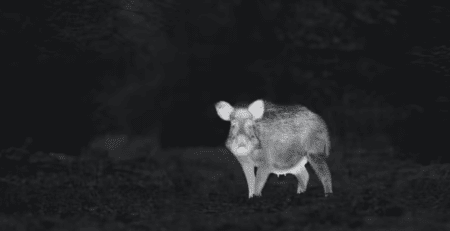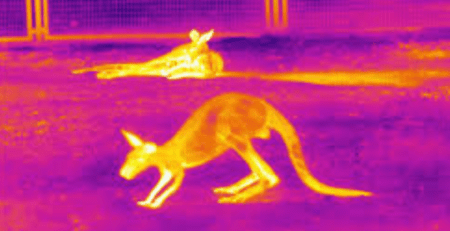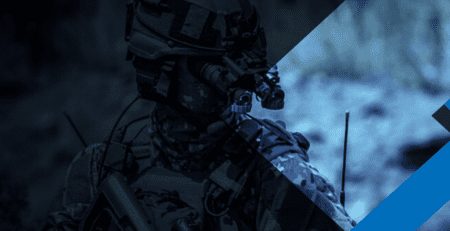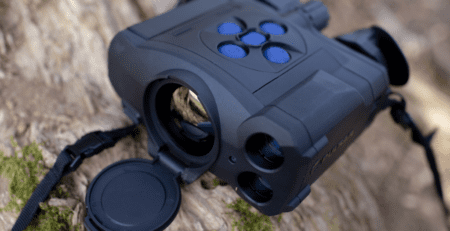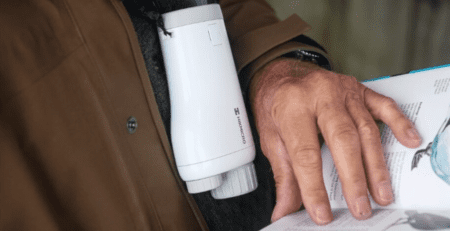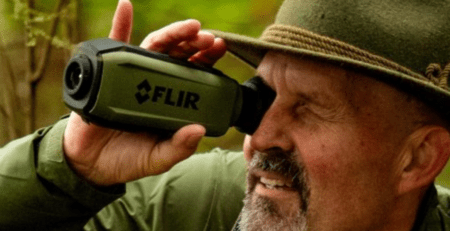Using a Thermal Monocular & Night Vision Scope Combo
Thermal and Night Vision devices each have some key advantages and benefits that they can offer to users based on the technology they utilise to create an image.
As a rule of thumb, thermal is much better suited to detection whereas night vision is much better for identification. This is because thermal works by detecting the heat signature of an object, making it an effective means of quickly detecting something (such as an animal) in a dark, cold or visibly unclear environment. Night vision works by amplifying visible light, so it is much better suited for identification where you can clearly see the object that you are observing.
For these reasons, a pairing of a Thermal Monocular for being able to quickly detect game and a Night Vision Scope to identify the animal before taking a shot, as well as ensuring that there is nothing behind the animal that you might hit if your shot goes astray, is one of the most effective combinations of these two technologies.

Budget Friendly Combo:
The HIKMICRO LH15 Thermal Monocular offers a detection range out to 700m and boasts a FOV of 17.5° x 13.1°, making it an ideal spotter for quickly scanning and detecting any animals in an area.
This can be paired with an OWL-NV N7 Digital Clip-On Scope, equipped with both an 850nm and 940nm illuminator for either long distance (220m) or covert (175m) illumination, for a budget-friendly Thermal/NV combination.
Premium Combo:
The HIKIMCRO Falcon FQ35 Thermal Monocular is the best bang for buck premium thermal monocular with a range finder on the market. Combining a 640 x 512px sensor and a 35mm lens, the FQ35 is the perfect combination of field of view (FOV) and detection distance that we look for in a thermal monocular.
Pairing this device with the HIKMICRO Alpex A50T Night Vision Scope will give you peace of mind before taking a shot, as the digital night vision scope will allow clear identification of a target.






